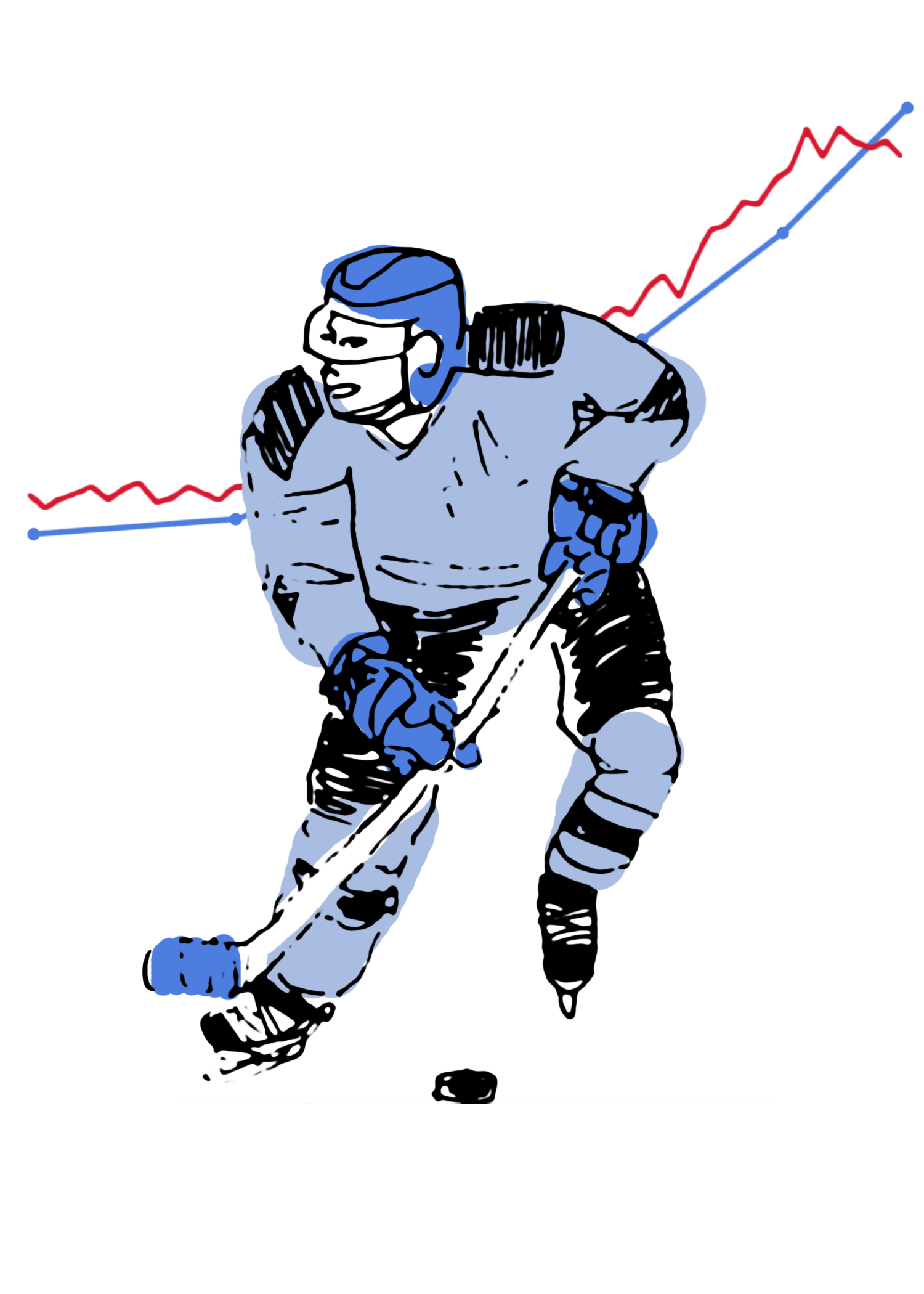Examining the importance of “Corsi” when evaluating NHL players and their performance
Many are quick to claim that the use of statistical analysis in hockey is a waste of time. Some fans say the game is too fluid, too quick, too random—how could you possibly isolate one player’s impact? This isn’t baseball!
Please do not confuse the difficult with the impossible.
Of the major sports played in North America, hockey is among the hardest to capture on a spreadsheet. It doesn’t have the structure of baseball or football, nor the slow pace of soccer, nor basketball’s focus on star players. It’s a fast, chaotic game where every puck bounce can flip the game on its head in an instant.
But where’s the fun in not trying?
Entire books could be written on the topic (many have been, in fact). Here, we’ll stick to the most basic of basics, the holy grail of hockey analytics: the infamous “Corsi” statistic.
Teams that have the puck on their sticks for most of the game tend to win more than they lose. It’s an intuitive idea, and one that lies at the very heart of hockey analytics. In the past, each team’s possession of the puck was measured by a stopwatch. Today, Corsi events, which are any kind of shot attempts (missed shots, blocked shots, and shots on goal), are tallied in order to measure the same thing. This is because, in order to shoot the puck, a team has to be in possession of it first. Think plus/minus (the stat that measures if you score more goals than you let in goals), but for shot attempts instead. The result is then converted to a ratio or percentage. A team that has a “Corsi For %” of 60 per cent, for instance, makes three shot attempts for every two they allow.
These ratios are also calculated for individual players, by counting every shot attempt they were on the ice for. With this information, analysts can evaluate one player’s impact on their teammates by comparing possession rates with that player on and off the ice. If their teammates achieve a worse shot differential without that player than with him, then that player is most likely a positive influence on the team.
Why does this matter? First, according to The Hockey Writers, possession metrics do a great job at predicting how teams will do in the standings. Also, before analytics, the only statistic that measured a player’s defensive impact was plus/minus, which doesn’t go as in-depth.
Examining a player’s impact on shot rates, both offensively and defensively, offers a more complete perspective. Over time, the better players on the ice will help their team outshoot their opposition, while the lesser players will hinder their team’s shot differentials. If a player is more effective at preventing shots in their zone, winning puck battles, passing, carrying the puck up the ice, etc., then those skills will be reflected in their Corsi numbers.
As far as getting your toes wet and researching some basic possession numbers for various NHL teams, www.stats.hockeyanalysis.com would be a good place to start. There is also corsica.hockey, a more complex and comprehensive site, which allows for more customization when comparing statistics. Ironically, NHL.com, which recently went to great lengths to expand its statistics department, is to be avoided; it’s unintuitive, poorly laid out, and the quality control for its data is dubious at best.




